The Biggest Mistake People Make When Their Pet Starts to Go Blind
Animals can go blind suddenly after getting hurt or sick, or it can happen slowly over time. But when a pet starts to lose their sight, it’s easy to worry that everything is going to end. In reality, most dogs and cats deal really well with such changes, but only if their owners help them.
Don’t panic during this transition and do your best to keep them healthy and happy. Many owners mean well, but they mess up in ways that stress pets out or put them in danger. If you know what to expect and how to respond, you can make your pet feel safe and loved instead of scared and confused.
Ignoring the Reason Behind Vision Loss
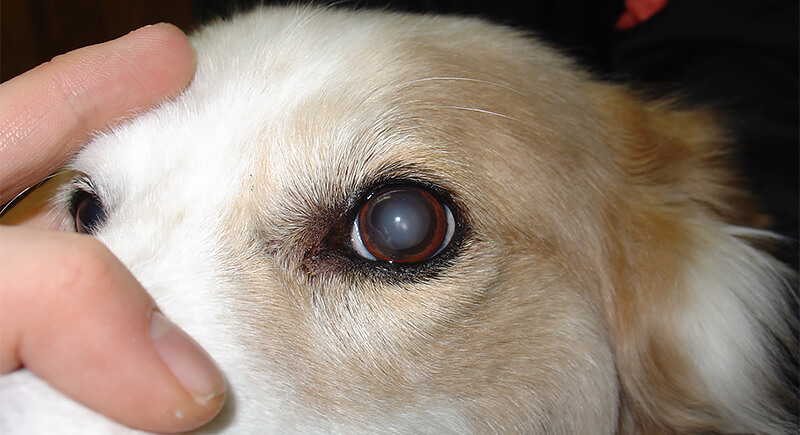
Credit: Wikimedia Commons
Blindness doesn’t happen overnight. It can be linked to the onset of diabetes, cataracts, glaucoma, or even an injury. It is possible to prevent blindness in your pet if you get help for these issues in time. Knowing the cause is the first step to managing the pain and slowing the progression.
Thinking Blindness Ends Joy
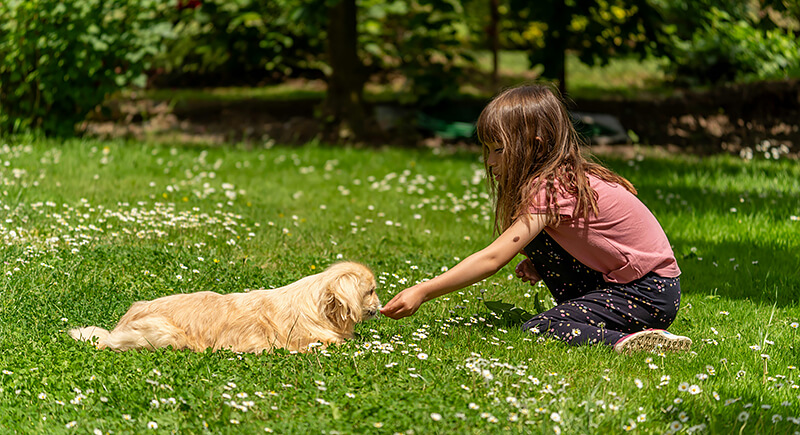
Credit: pexels
It’s easy to assume that a blind pet will no longer have fun or live fully, but that’s not true. Hearing and smell are important to dogs and cats, and these senses often get stronger with time. Believe in their ability to adapt and create a supportive environment where they can thrive.
Waiting Too Long to See a Vet
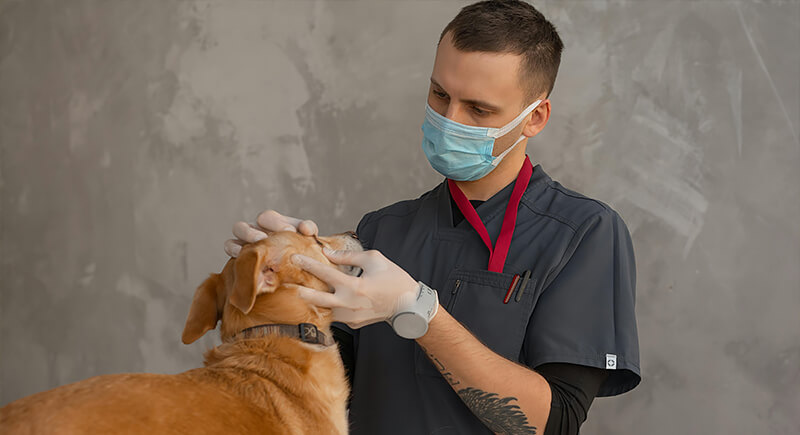
Credit: pexels
If your pet keeps running into things or is slow to move, don’t wait for it to get better on its own. Eye problems can get worse quickly. Your vet might be able to save some of your pet’s sight or keep things from getting worse if they catch the problem early.
Skipping Daily Routines

Credit: pexels
Blind pets rely on structure to feel secure. If feeding times happen randomly, they can become anxious or disoriented. Stick to a steady schedule so they know what to expect each day. Predictable routines make life easier and reduce stress for your pet.
Moving Furniture Around Constantly

Credit: pexels
Once a pet learns the layout of your home, it becomes their internal map. They can recall it well even if they can’t see very well. Moving furniture or adding new obstacles creates confusion. This can lead to bumps, injuries, and stress. Keep the home setup stable so your pet can move freely.
Doing Everything For Them
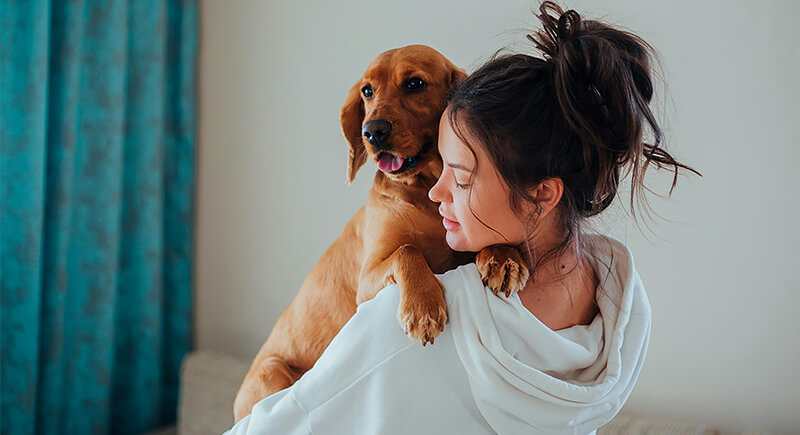
Credit: pexels
It’s natural to want to protect your pet by carrying them around or never letting them walk alone. But this only makes them dependent and unsure of themselves. Instead, give gentle guidance while letting them explore. This helps them build confidence and learn to navigate on their own.
Missing Signs of Pain
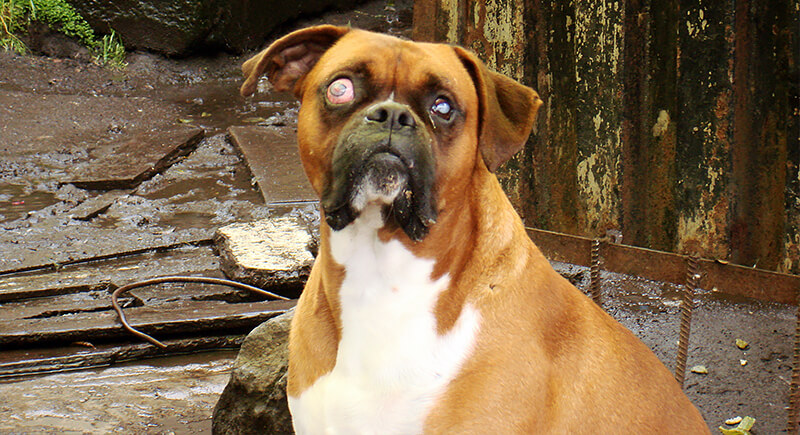
Credit: Wikimedia Commons
Blindness isn’t always painless. Some conditions, like glaucoma or severe infections, cause constant discomfort. Look for signs like pawing at their face, squinting, or hiding away. Ignoring these signals leads to unnecessary suffering. Also, talk to your vet about pain relief options, such as medication or surgery.
Forgetting to Talk to Them
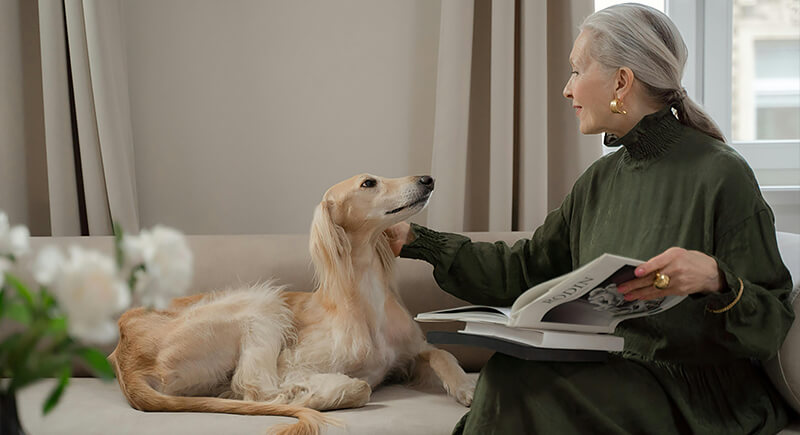
Credit: pexels
When pets can’t see, they depend on your voice to understand what’s happening. Approaching silently can scare them, especially if they’re resting. Always speak before touching or moving them. Use simple, consistent words to guide them around the house or during walks.
Skipping Home Safety Steps
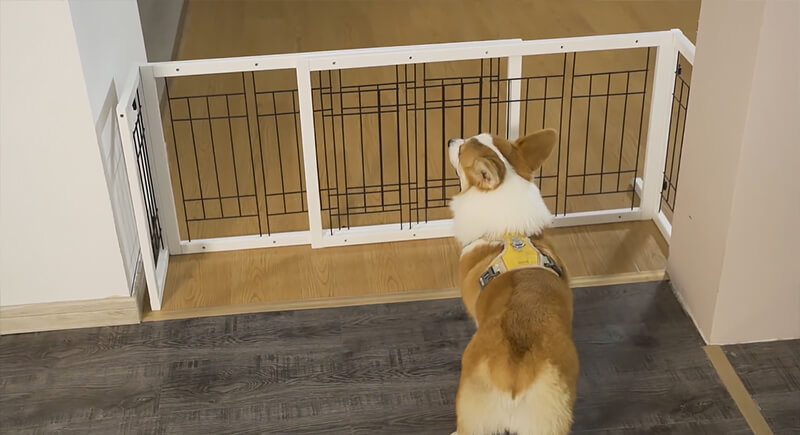
Credit: Youtube
A blind pet needs extra safety measures to prevent accidents. Use baby gates near stairs, place rugs by doorways, and cover sharp edges. These simple changes create a safe environment where your pet can move around without fear of getting injured.
Letting Them Wander Outside Alone
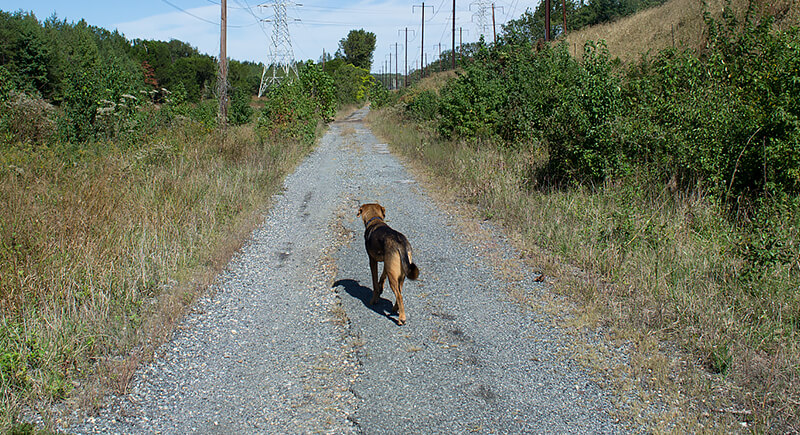
Credit: Wikimedia Commons
Being outside brings new challenges for blind pets. Cars, holes, and other animals are all risks they can’t detect. Always keep them on a leash during walks and supervise closely. Stick to safe areas like fenced yards or quiet parks. Outdoor time should be fun and relaxing without danger or stress.
Changing Walking Routes Too Often
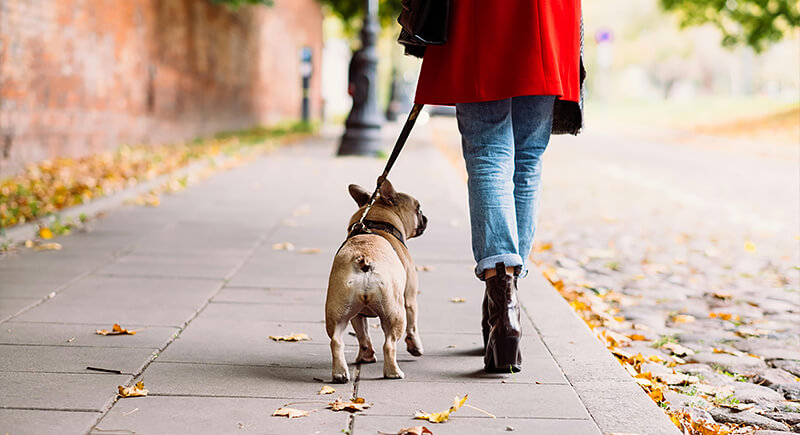
Credit: pexels
Walks are still important for exercise and stimulation, but switching routes too often can confuse a blind dog. Familiar paths allow them to recognize smells and sounds to make the experience stress-free. Routine walks build confidence and let them focus on exploring without feeling overwhelmed.
Trying to Handle It Alone
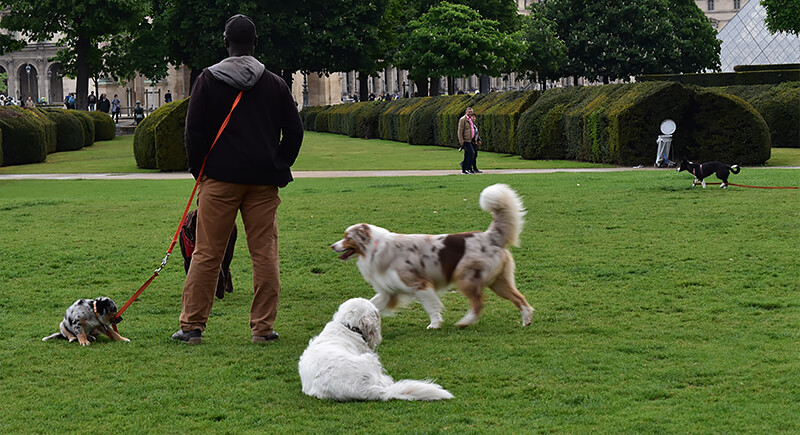
Credit: pexels
You are not required to handle this situation on your own. Veterinarians, trainers, and support groups offer helpful resources. Seeking guidance can prevent common mistakes and give you peace of mind. Experts help you create a safe, joyful, and fulfilling life for your pet as they adjust to blindness.
Forgetting to Keep Playtime Fun
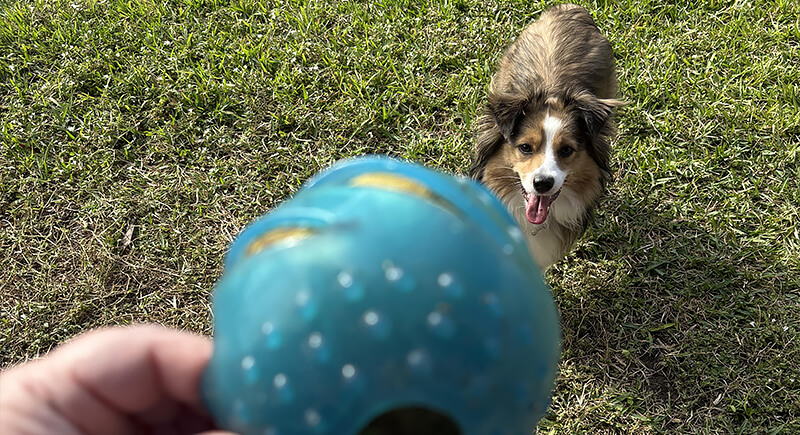
Credit: Reddit
Blindness doesn’t mean play has to stop, but it does require adjustments. Choose toys that make noise, like crinkle balls or squeaky toys, or add scents to games. Interactive toys encourage them to use their other senses by helping them stay engaged, curious, and active every day.
Not Telling Friends and Family
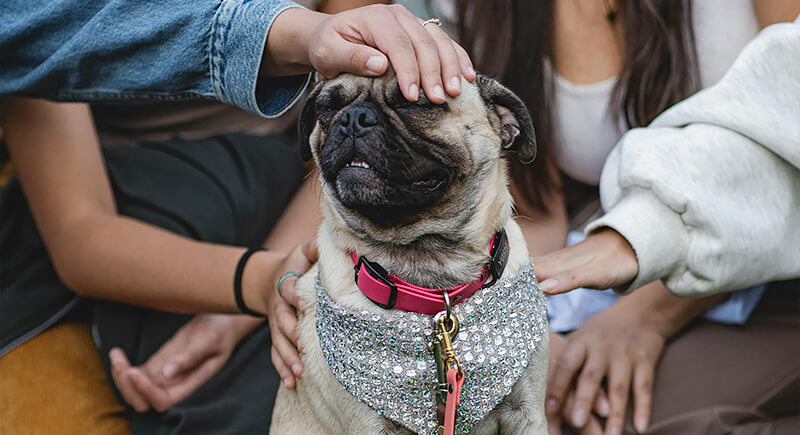
Credit: pexels
If guests or kids don’t know your pet is blind, they might startle them. This can cause stress or even lead to defensive behavior. Use a collar or harness labeled “Blind” to alert others. Teaching everyone how to interact calmly ensures your pet feels safe and comfortable around people.
Overlooking Emotional Care
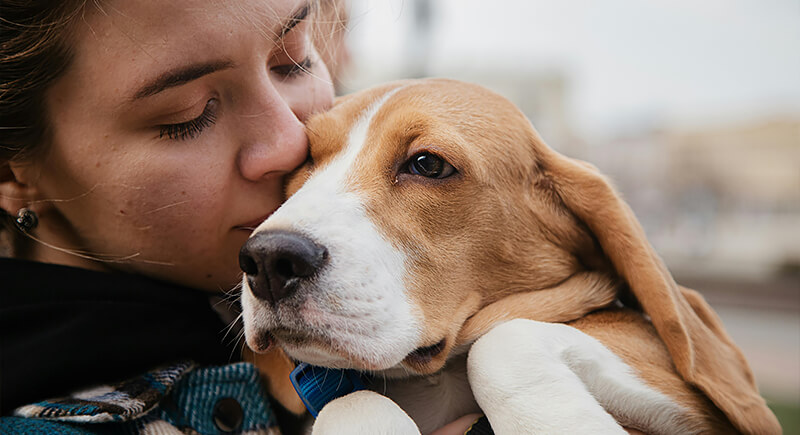
Credit: pexels
Blindness can also impact their mood. It is important to give them extra affection and attention. Otherwise, they may become withdrawn or scared. Spend time cuddling, talking, and playing to reassure them. Your love and presence are powerful tools for helping them adjust emotionally to their new reality.